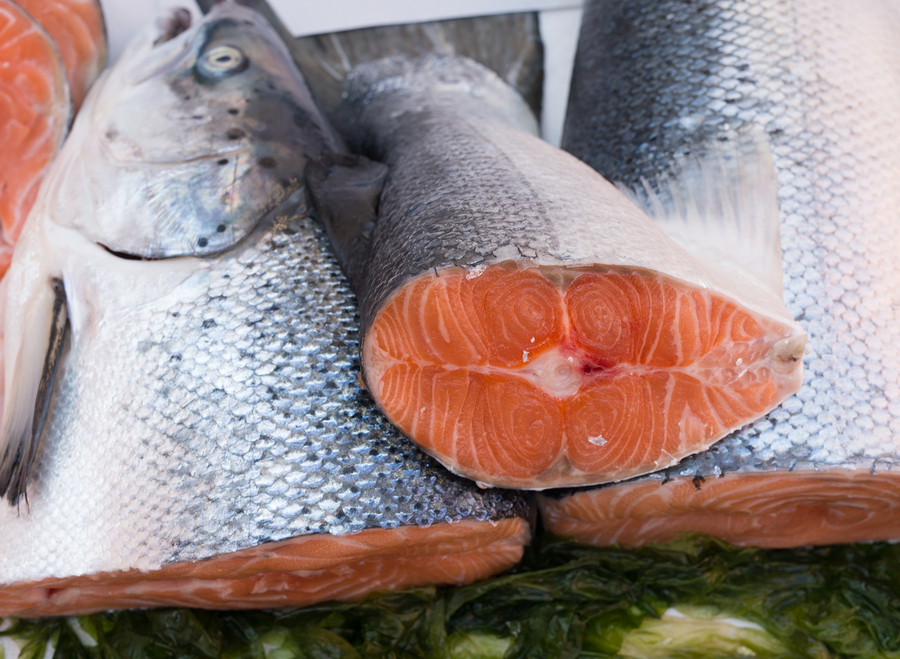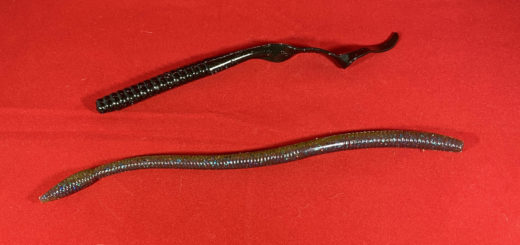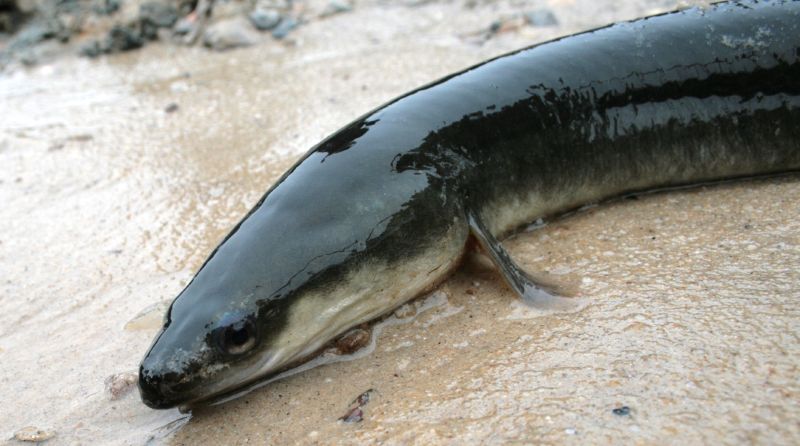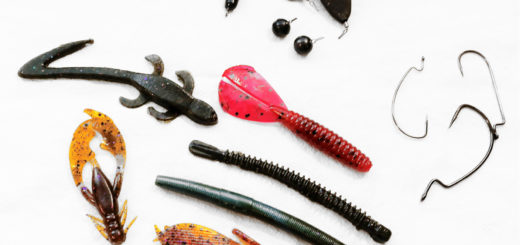There is no easy answer to this question. The salmon industry, due to is international nature, does not have the close regulation across the board to ensure sustainable, healthy farming practices. However, there are many very responsible salmon farmers. To many, the term “farm raised” has a negative connotation. However, there are issues with wild salmon harvest as well.
Salmon that are caught in the wild are caught with the use of nets. Some of these netting practices have been called environmentally irresponsible as well. In fact, there are several methods by which salmon are caught, with some having worse affects on the environment than others. Over harvest is a problem as well. As with any resource, over use can put a strain on the salmon population.
Demand often increases at a greater speed than supply. Wild caught fish, just as with their farm-raised counter parts, can contain contaminants. Mercury is an often heard about contaminant that stays in the flesh and skin of fish. Larger, older fish from contaminated waters will have higher levels of mercury, as they have been exposed to it for longer periods of time. So wild caught salmon may no longer be the perfect answer, either.
Farm-raised fish have their own set of problems. It is estimated that half of the fish consumed today is farm raised. Poplar farm-raised fish include salmon, tilapia, trout, and catfish. These fish often need synthetic compounds to help maintain heath and salability. For instance, the flesh of wild salmon is pink due to a naturally occurring compound called astaxanthin.
Astaxanthin, a carotenoid, is found in microalgae, which is eaten by smaller fish, which are eaten by bigger fish, and finds its way up the food chain. Without astaxanthin, salmon flesh would be a grayish-white, and not very appetizing to the general public. While this is not an issue for wild-caught fish, farm-raised salmon are often fed pellets containing a “nature identical” astaxanthin. Astaxanthin is now known as an antioxidant, which can help prevent cell damage and can be helpful in fighting a number of diseases.
It is also available as a supplement for humans, the long-term effects of ingesting this synthetic version have not been under any intensive study. For that reason, many consumers shy away from farm-raised fish that are fed synthetic astaxanthin.
Farmed fish such as salmon are comparatively inexpensive to grow and harvest. At one time, this was seen as a viable solution to the shortage of wild fish. However, farm-raised fish do come with their own set of issues as well, including the addition of synthetic astaxanthin. These fish have been known, in some cases, to be contaminated with things such as PCBs.
Also, by concentrating thousands of fish in huge pens, the aquaculture industry as a whole is known for large amounts of fish waste and other chemicals being dumped into the waters surrounding the farms. Studies are also currently underway to discern the affects of antimicrobials often used in aquaculture operations. Some believe this could lead to antibiotic resistance, which brings with it a host of its own products.
The long and short of the situation is, responsibly farmed salmon can provide the same health benefits of wild-caught salmon. However, without some standard regulation for the industry, it is a consumer beware market.
Sources:
http://www.berkeleywellness.com/healthy-eating/nutrition/article/pretty-pink-astaxanthin-salmon
http://www.berkeleywellness.com/healthy-eating/food-safety/article/wild-versus-farmed









